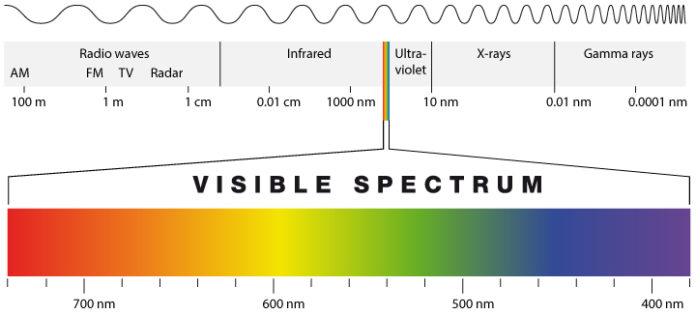Welcome to “Tuesdays with Scott” segment of the Climate Change program.
Last week, I discussed the effect of band gap energy, which refers to the minimum energy threshold needed to convert solar into electricity and the maximum allowable energy conversion. In order to excite an electron, it must be given enough energy to meet the band gap. If the energy is less than the gap, than solar energy cannot be absorbed and converted into electricity.
Today, I will go more in-depth into the solar spectrum to explain why not all sunshine is the same. Sometimes we think in terms of that city or region is sunnier than other parts of the country so therefore it’s ideal for solar panels.
Unfortunately, not all light coming from the sun is useful. The light coming from the sun comes with different frequencies. This is what we call the solar spectrum. It goes from low energy infrared to red, green, blue, violet and high energy ultraviolet. Silicon, which is most common in solar cells, has an energy gap of 1.2 eV (or electron volt) which is a slightly below the red light spectrum. This means that most of the infrared light is not enough to meet the energy gap threshold so it’s wasted. Yet, infrared accounts for 51 percent of the entire solar spectrum. This means that most of the visible light, which is 47 percent of the solar spectrum and ultraviolet, which is 2 percent of the solar spectrum will not be used at maximum efficiency. The peak is around green and decays for lower and higher frequencies.
As such, the sun light needs a photon with energy equal or higher than the gap energy. All the photons with less energy than the band gap is wasted. For photons with energy higher than the band gap, only the amount equal to the energy gap can be used. So any surplus is also wasted.
Next week, I explain the solar panels on roofs that are based on 70 year old technologies.
Don’t forget to subscribe to Climate Change with Scott Amyx on Amazon Alexa and give it a 5-star rating.


















